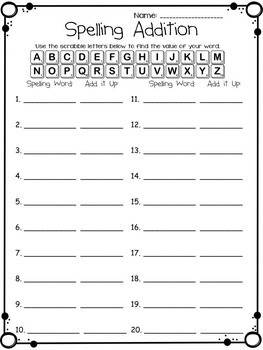

Then call a student to the front of the room and randomly hand them a card. Place the cards face down and shuffle them. If you made the cards for the sorting activity mentioned above, you can use them again to playa spelling game of charades. Occasionally I will also tell them to pick 3 words to explain at the bottom of their page in sentences. I do give my students a chance to pick a word and share why they put it in that category because a lot of times there is quite a bit of thinking that goes on behind that placement. Of course they’re really going to have to use some out-of-the-box thinking for this, but it’s what makes it so fun.


Now when they go to sort these, they are desperately looking for one that they can throw on the ground. This always has them squealing with excitement. “If this card is any other part of speech, throw it on the ground.” Then I tell them something that always shocks them. Next I will tell the students to put any nouns on the left side of their desk and any verbs on the right side of their desk (read more about how I teach parts of speech with some freebies here). I start by having the students write each spelling word on the front of a note card and their initials on the back.

But these are just a little bit different- they take less time and actually have the students laughing as they write. You may be thinking of the typical, “Divide your paper into 3 columns and write the words in the column where they go”. Sorting activities for spelling words are really easy and probably nothing new to you. I knew that I really couldn’t change the spelling list or the fact that we had to take a spelling test, but I could change the ways that we practiced the words. I could just hand out a spelling worksheet, I had to engage them!īelow I have compiled my top 10 ways to make practicing spelling words a lot less like a spelling worksheet and a lot more like spelling games in the classroom.
Quick word work spelling how to#
This started me on a journey to make my spelling time more enjoyable for my students in the hopes that that would help them to actually remember how to spell all the words. They were just memorizing them for the test. And I found as I reviewed the words from previous weeks, students really didn’t remember how to spell. There were spelling lists and spelling practice and spelling tests, but there wasn’t any true engagement. When I first started teaching, my spelling time was not very exciting for students. The spelling worksheet, although it may have a place now and then, doesn’t engage students in a way that encourages and excites them to learn to spell correctly.


 0 kommentar(er)
0 kommentar(er)
